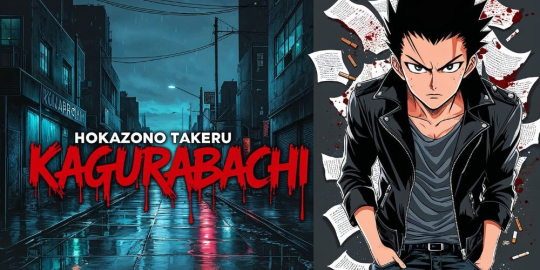
In the vast realm of storytelling, few directors capture the essence of revenge quite like Quentin Tarantino. His films, characterized by intricate plots, rich dialogue, and a penchant for aesthetically striking violence, have not only changed the landscape of filmmaking but also fueled a new wave of creatives across various mediums—including manga. One such creator, Hokazono Takeru, has channeled Tarantino's signature flair into his work "Kagurabachi," a fresh addition to the Shonen genre that explores themes of vengeance through a uniquely Japanese lens. This exploration will delve into how Takeru's creation stands out in a crowded field and the broader implications of integrating cinematic influences into manga storytelling.
The Unmatched Legacy of Quentin Tarantino
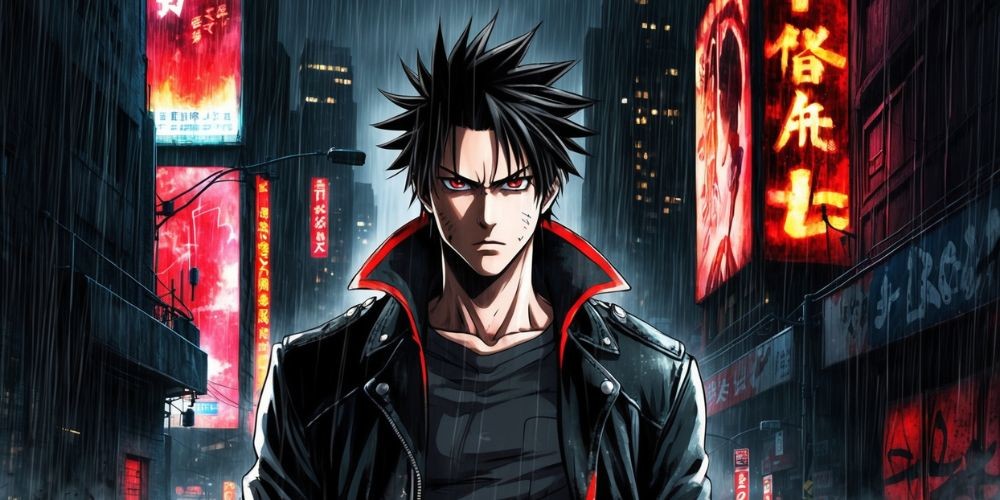
The world of film has long been captivated by Tarantino's audacious narrative style. From "Pulp Fiction" to "Inglorious Basterds," each of his films exudes a distinct flavor that audiences have come to love. This legacy not only cements Tarantino as a unique filmmaker but also leaves an indelible mark on the emerging talent in the sphere of manga.
Revenge in Shonen: A Scarce Theme
Traditionally known for its action-packed narratives and youthful protagonists, the Shonen genre has rarely explored the deeper, darker themes of revenge. Takeru recognized this gap, which motivated him to craft a story that diverges from the typical heroic trajectory favored by many manga series. In a genre often dominated by the pursuit of greatness, Takeru's darkly nuanced approach certainly paves the way for a different kind of protagonist.
A Dark Protagonist Emerges
Kagurabachi introduces readers to a complex character—one fueled by a burning desire for vengeance. Unlike many Shonen leads driven purely by ambition or humor, this new protagonist encapsulates a more disturbing emotion: a thirst for justice, or perhaps retribution, for personal loss. It’s a stark contrast to the overtly bright and optimistic heroes that the genre typically showcases.
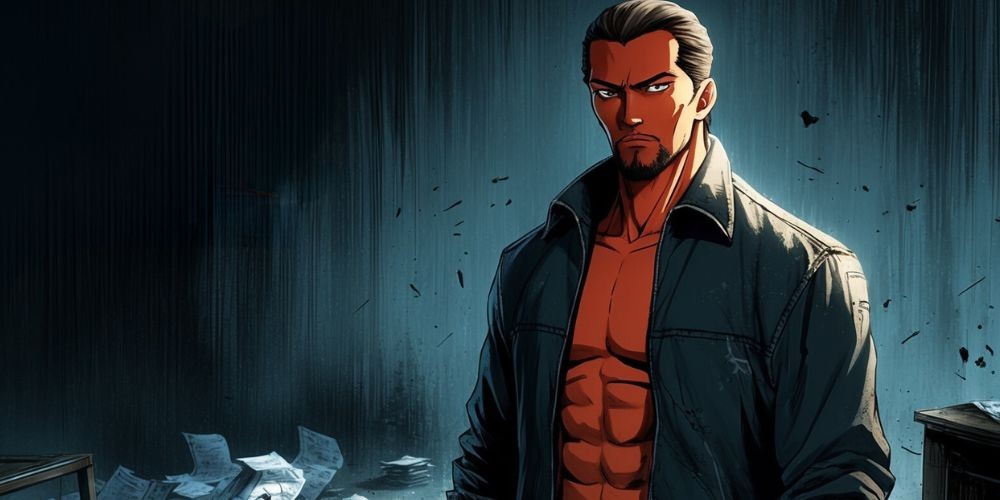
Crafting a Unique Narrative
What sets Kagurabachi apart is its intent to enrich the narrative with depth and complexity. Takeru has mentioned that he would rather not to simply create another tale that glorifies revenge; instead, he wanted to delve into the psychological ramifications accompanying such a journey. How does the pursuit of vengeance shape an individual? What ethical dilemmas arise when faced with moral ambiguity?
The Influence of Hollywood Mastery
Hokazono Takeru draws heavily from the aesthetic and thematic elements prevalent in Hollywood films, particularly those crafted by Tarantino and David Fincher. This adaptation of Western storytelling styles seamlessly intertwines with traditional Japanese elements, providing a distinctive experience that resonates with readers familiar with both cultures.
Revamping Oriental Stereotypes
When depicting Japan through the lens of revenge, Takeru intentionally embraces and amplifies certain cultural stereotypes. However, his intent isn’t to caricature; rather, it’s to create an exaggerated reflection of societal issues. By doing so, Kagurabachi becomes a multifaceted tale that transcends typical cultural limitations.
Visual Mastery
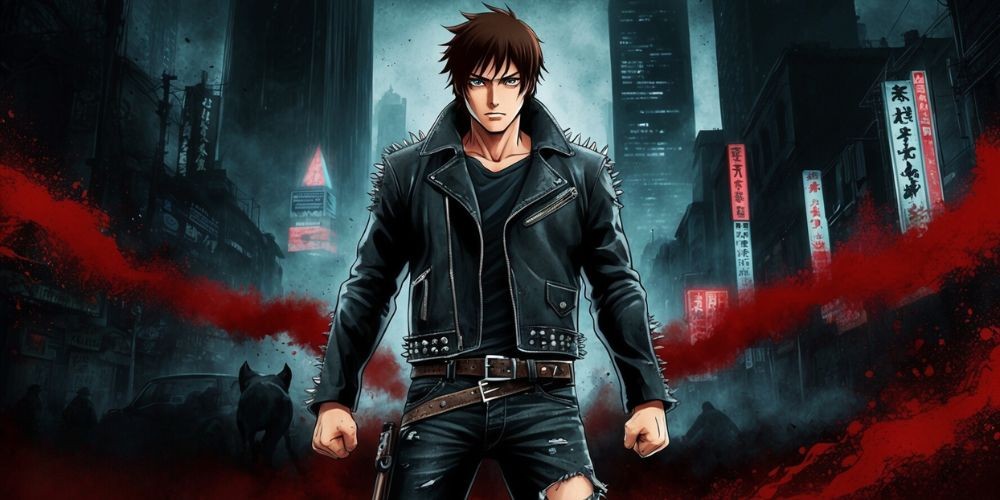
The artistry in Kagurabachi enhances its narrative depth. The visuals, characterized by fluid and violent action scenes as well as emotive character expressions, reflect the psychological struggle endured by the lead character. Every panel serves not merely as a backdrop but as a crucial element enhancing storytelling.
The Significance of Blood in Manga
Blood and violence often symbolize deeper themes of sacrifice and loss within stories. Kagurabachi harnesses these elements to communicate the protagonist's internal struggle. Readers witness firsthand how each confrontation pushes the character deeper into their obsession, effectively blurring the line between justice and revenge.
A New Era for Shonen Genres
The introduction of darker themes is ushering in an evolution within the Shonen genre. As more creators look to integrate sophisticated narrative techniques and moral questions into their storytelling, we may see a shift in what readers expect from their manga experiences. Takeru's work aligns with this movement, suggesting that the genre is not static but rather evolves continually to reflect societal changes.
Anticipation of an Anime Adaptation
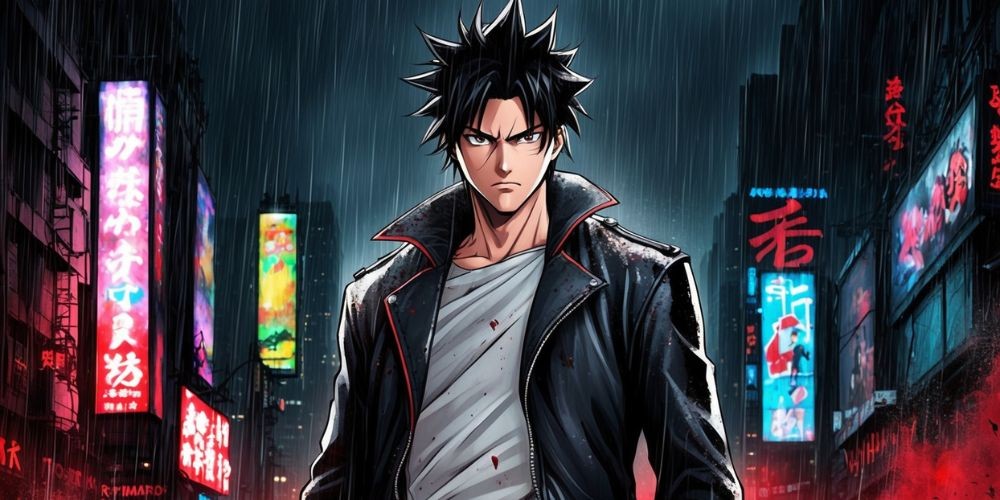
While an anime adaptation of Kagurabachi has yet to be announced, the growing anticipation among fans speaks volumes about the series' potential impact. The intricate storyline paired with striking visuals positions it favorably for a successful transition to the screen, capturing both existing fans and a broader audience.
Emotional Engagement through Revenge
Revenge narratives allow audiences to tap into raw human emotions. Takeru’s execution of this theme in Kagurabachi offers a riveting exploration of loss, regret, and moral conflict. The emotional rollercoaster engaged within this framework draws readers in and makes them consider their ideals and convictions>>>
Narrative Complexity in Character Relationships
Kagurabachi doesn't merely focus on the lone journey of the protagonist. It intricately weaves relationships that shape their decisions and emotional experiences. Friends, foes, and mentors all play significant roles in contributing to their character development and plight for vengeance.
Exploring Themes of Redemption
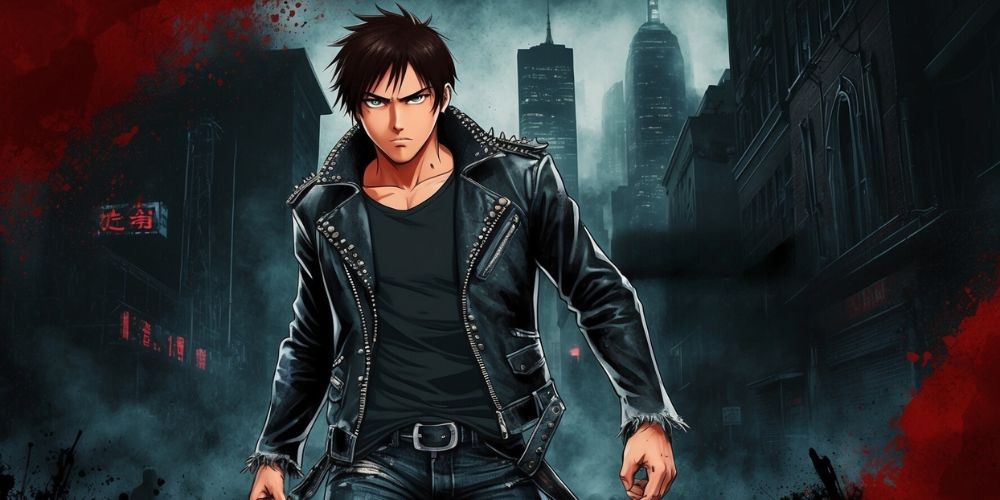
Beyond revenge, the narrative also opens doors to the theme of redemption. It's not just about vengeance but about the understanding that often follows—making choices that might allow one to find peace once the revenge is satiated, or facing the consequences that follow in its wake.
Kagurabachi: A Bright Future Ahead
As Hokazono Takeru blazes a trail in the Shonen genre, only time will tell how Kagurabachi will transform the landscape of manga storytelling. His intention to create something that resonates deeply, paired with Tarantino’s influence, assures that this tale will not be one to overlook.
A Conclusion of Legacy and Innovation
In summary, Kagurabachi stands as a testament to the evolving dynamics in manga-influenced by cinematic storytelling. Through its exploration of darker themes, vivid illustration, and emotional depth, it positions itself as a pioneering work that bridges gaps between cultures and genres, inviting readers into a world where the pursuit of vengeance intertwines intricately with the journey for self-discovery.